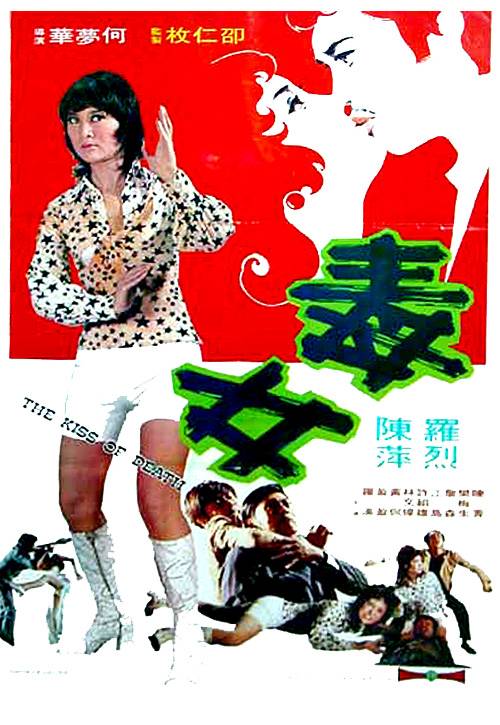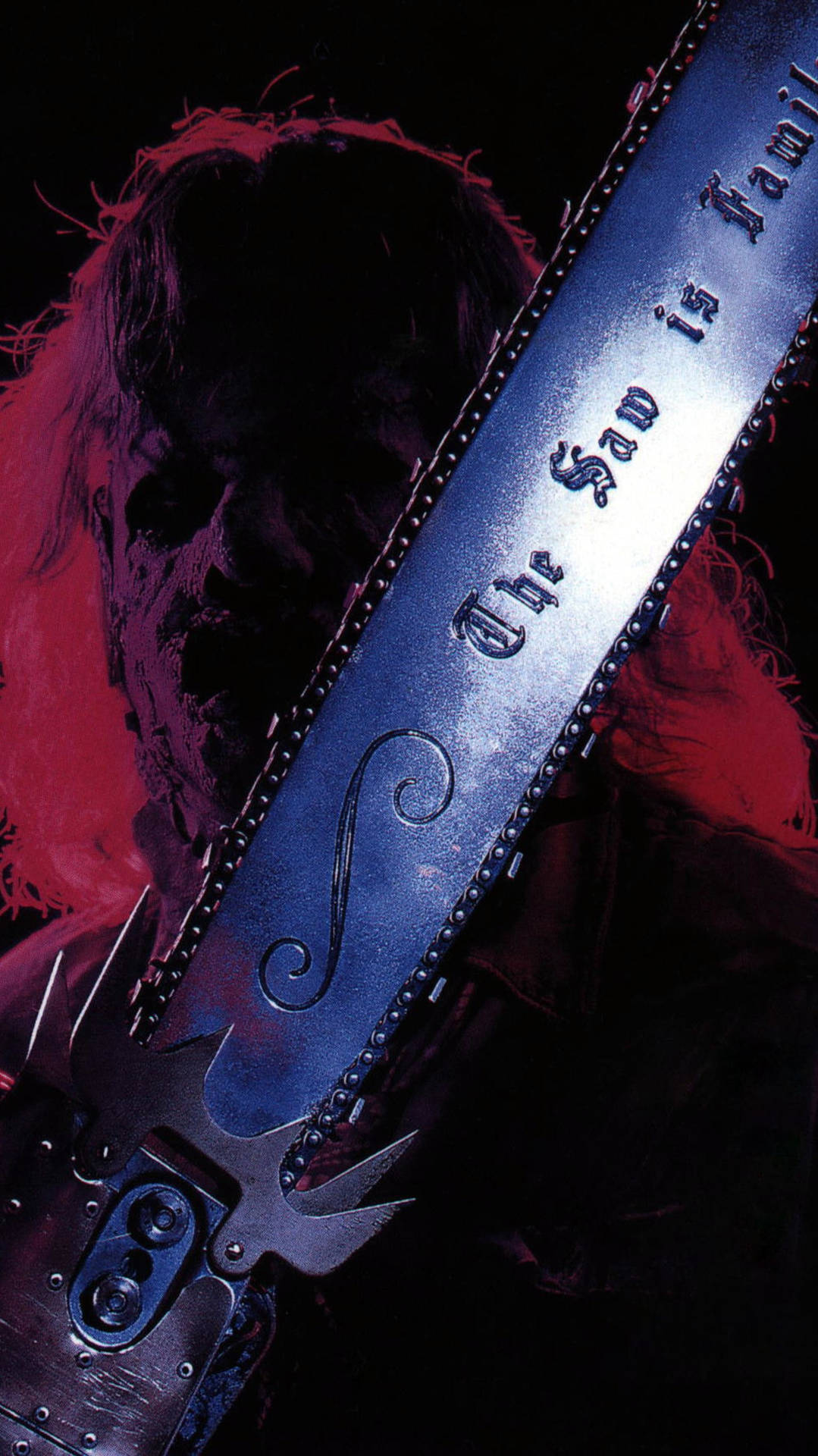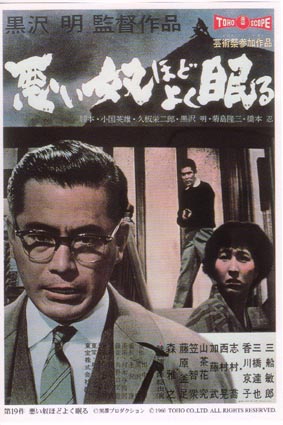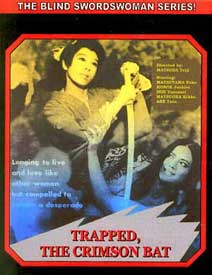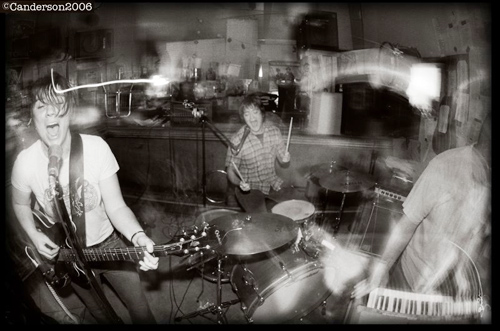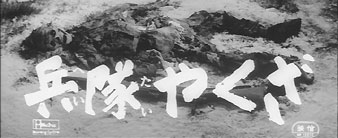
In the wake of Bruce Lee's worldwide success came the x-rated violence of Sonny Chiba and more stateside exploitation of Asian action (e.g. Shogun Assassin). It seems there was only one low-brow attempt to cash-in on yakuza films (Schrader's The Yakuza don't count) : TATTOOED HIT MAN! That's Bunta Sugawara brandishing the smoking gun. The original film is the 1974 modern yakuza yarn Yamaguchi-gumi gaiden: Kyushu shinko-sakusen - a mouthfull of a title which as far as I can suss out is along the lines of 'Yamaguchi Gang tale: Invasion of Kyushu.' New Line dubbed it in English and re-named Bunta 'Bud.' It's available on VHS only but you can watch it widescreen on Netflix.The skinny from Patrick Macias is that New Line was actually trying to start a boom off of the Schrader penned film. Sydney Pollack is a respected director but his films were often wincingly trite and stylistically constipated. You'd hope a team of writers like Paul and Leonard Scrader (both deeply invested in yakuza-eiga) and Robert Towne would ensure a compelling film but my memory of it was ho-hum at best. Anyhow, New Line figured they'd go the easy route - what they sort of did with Sonny Chiba's Street Fighter - dub an existing movie in English. This time they got Jack Sholder (who would go on to direct The Hidden and Nightmare on Elm Street 2) to re-write and edit. Apparently they just ditched the whole last reel in which Kyushu is invade. What you do get is a transgressive caricature of a gangster potboiler. Those dubbed voices sound familiar. It's got to be same team that did Street Fighter. Does the guy doing Bunta actually talk like that or is he trying to sound Japanese? Or does he think this is a spaghetti western and he's playing a Mexican revolutionary? The original film itself was a cash-in on Fukasaku's 'true-document' masterpiece Battles Without Honor And Humanity, which is notorious for it's crude foul mouth characters. The dubbing is perfectly primed for the deuce with all the 'motherfuckers' and other insults worthy of a Dolemite game of the dozens. And the way this film looks now (slightly worn, replete with a few jumpy edits, etc.) is exactly what those guys tried to do with that grind house double movie. In essence it's an (unintentional) action comedy that features anarchic thugs, loose women, a VD gag (again, unintentional), misogyny, gunfights, moral bankruptcy, and barely a thread of plot. Nevertheless, most of the Netflix customers who commented gave it bad reviews...And following the previous video nostalgia post, this was released on VHS by Wizard Video.







